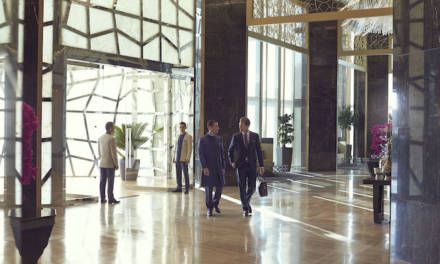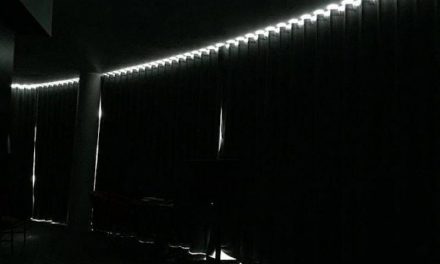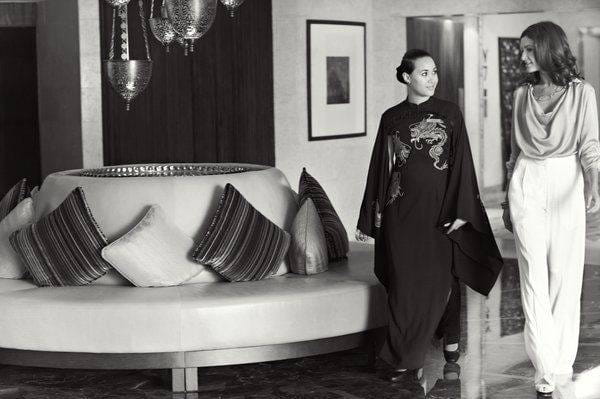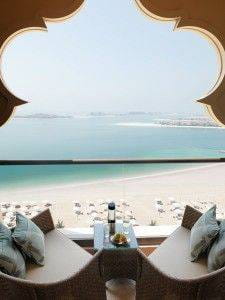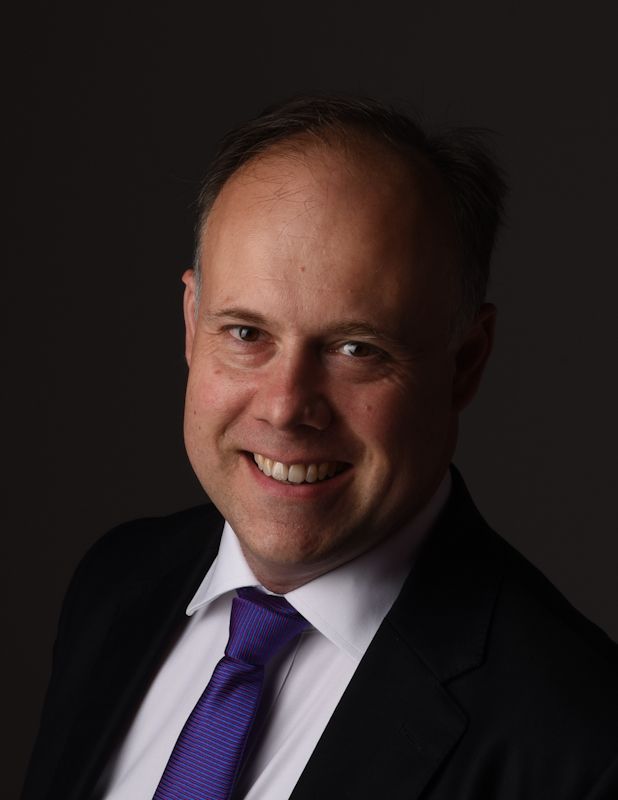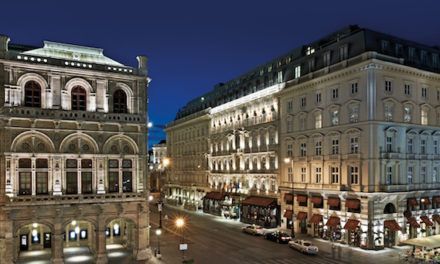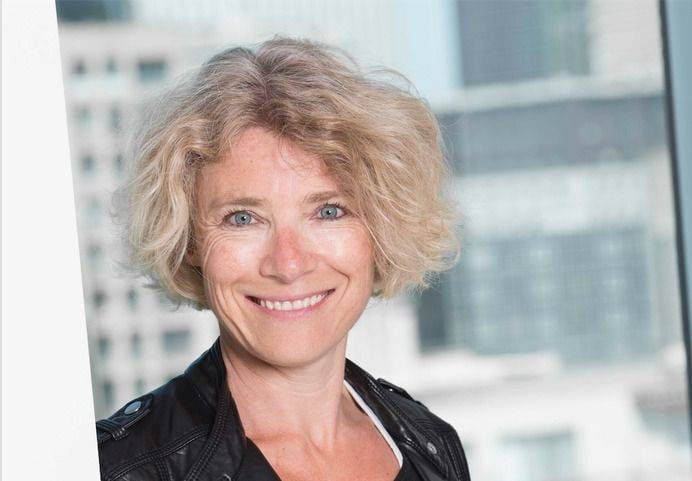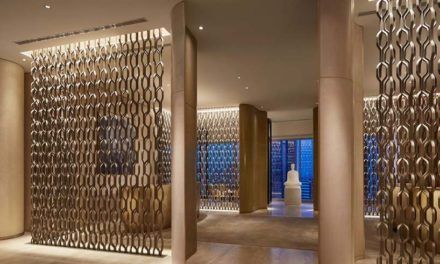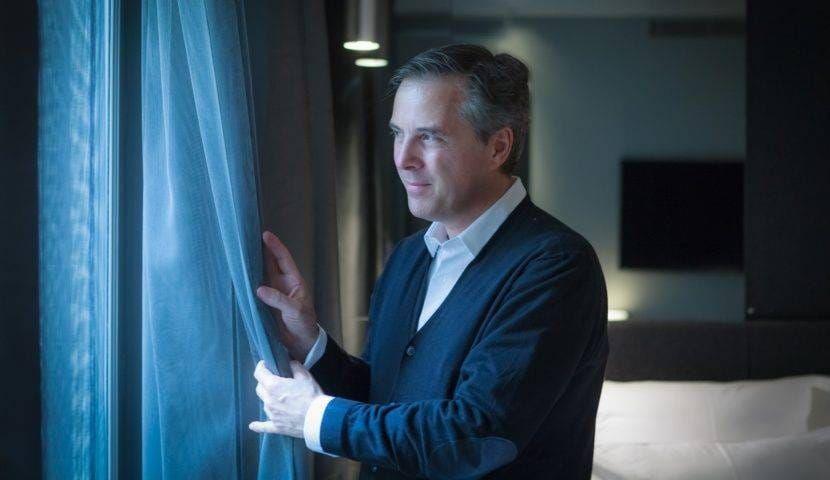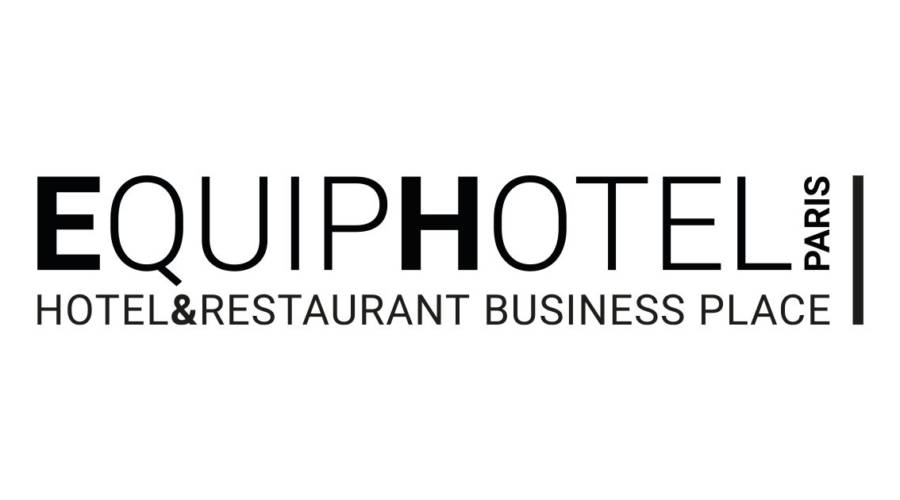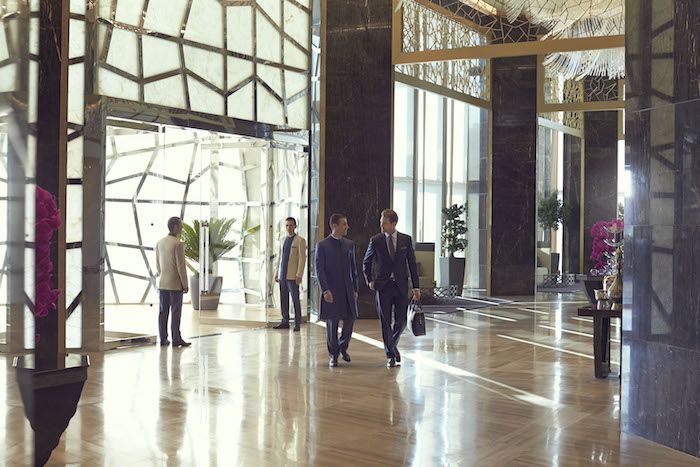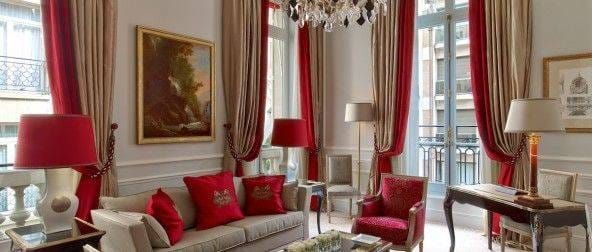Art of Welcoming by Samir Nasser
I’ve meet Samir Nasser, Senior Vice President, Operations, Middle East, Africa & India and we have discussed about the Fairmont & Raffles Art of welcoming.
What is the vision about Welcoming Art at Fairmont hotels ? What is Fairmont guarantee in term of Service and how do we differentiate from competition ? How each hotel is different ?
Fairmont Hotels & Resorts has a very long and enduring history with a collection of storied hotels located in coveted destinations and gateway cities. The architectural structures of our hotels are often considered as works of art in and of themselves. In the Middle East, this is especially apparent with the Makkah Clock Royal Tower, A Fairmont Hotel in the Kingdom of Saudi Arabia.
Located just steps away from the Grand Mosque and Ka’aba, this 76 story hotel features a 40 metre (130 foot) Royal Clock, visible from 70 kilometres away, which announces daily prayers to the Muslim world, and a Lunar Observation Centre and Islamic museum to preserve Muslim heritage. Fairmont Bab Al Bahr in Abu Dhabi plays tribute to its name ‘gateway to the sea’ with a luminous blue glass facade and white lines representing the crests of the sea, and the iconic Fairmont Dubai was constructed to represent a traditional Bedouin ‘barajeel’ (wind tunnel).
In Africa, our landmark properties in Kenya play tribute to the ancestral heritage of the continent, with the ‘Grand Dame of Nairobi’ – Fairmont The Norfolk – celebrating its 110 year anniversary early next year, while the Fairmont Jaipur in India represents time honoured tradition with Mughal inspired design in the form of a Rajasthani palace.
But art and heritage delves deeper than just architecture and design. The hotels plays an active role in showcasing the arts and its artists. Fairmont’s brand promise has always reflected genuine connections with our guests and the customization of their experiences. Case in point, the art@fairmont program was developed as a result of a 2012 survey conducted in the region which asked what factors were important to guests when traveling.
According to travelers from Saudi Arabia, Qatar, Egypt and the UAE, an overwhelming 73% responded that cultural factors, such as a vibrant arts program played a large role when making travel plans. In response to this, the team at the Makkah Clock Royal Tower launched a photo competition, welcoming hobby photographers to submit images that best reflected Saudi life in the holy city. This culminated in a large photo gallery display in the hotel to showcase community understanding, continuity and outreach.
Fairmont The Palm in Dubai partnered with a local art gallery and housed Azerbaijani artist Faig Ahmed for three months. During his time as an artist in residence, he created his eclectic art form of carpet weaving combined with contemporary structure, a process that was visible in an open studio to both hotel guests and residents in the city.
As the examples above demonstrate, opportunities such as these to connect with our guests and the ability to deliver memorable travel experiences is paramount to our brand culture. It moves beyond simply knowing a guest’s name and providing the basics in service standards, stemming instead from personalization and thoughtful engagement, which in turn builds brand loyalty in the process.
Fairmont Dubai
Laurent Delporte, an editor and conference speaker, is a strategic expert in the sector of hotels. A visionary, he brings his unique look on hotels in service to the decision-makers in the industry, whether to enhance the development of new projects or strategic visions.
Laurent has visited and audited over 350 hotels across the world and also participates in mystery visits to provide quality control for the world’s finest hotels.


 HOME
HOME